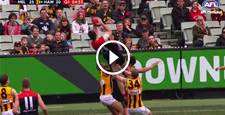For Laura Geitz the brief is simple: fill the shoes of Liz Ellis. Tough brief.
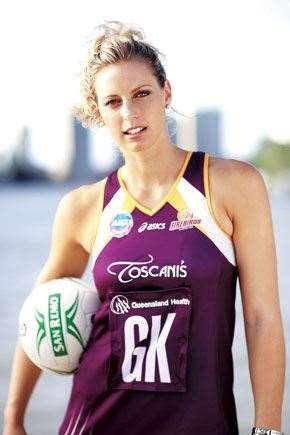 Laura Geitz Queensland Firebirds. Images: Trent Mitchell
Laura Geitz Queensland Firebirds. Images: Trent MitchellBeating the Boys
“For some of our early pre-season trials, we play against the guys – the Queensland men’s team. That’s always a bit of fun. There’s always a bit of extra physicality there … But it’s actually very good. For the past two seasons, they’ve been more than keen to come along and have a bit of a crack at us. Obviously the guys are naturally so much more athletic, so they come out of nowhere and pluck these balls out of the sky and we think, “How did you do that?” They beat us last year, but this year they’re not looking all that good. We played a game a couple of weeks ago and beat them.”
On-Court
“We normally begin our on-court sessions with stock standard drills. These might involve a four corners drill, where the two diagonal corners run towards one another feeding the ball off their left. It’s mainly about switching on, but simple drills like that also hone your placement of the ball and your knowledge of where other girls like their passes. You know, some girls like the ball right out in front of them, while others may not like the reach. So you need to develop an understanding of where the other girls in your team like the ball placed.“After that we’ll often pair-up, one ball between two, and do a lot of short, little drills, one person working for 30 seconds and then switching over. We’ll normally do around five sets of 30 seconds on. That’s all about getting your feet moving and your legs warm for the start of the session.”
Agile Feet
“At the moment our agility work is centred around conditioning. We’ve usually got three agility circuits set up and we rotate through each drill. The drills are fairly standard, using cones and bendable sticks to create gates and markers we have to run through. We might have to run up to a gate and work at double dodging and we’ll do that three times, say, before exploding out to another marker. We’ll then move to the next agility pattern, which might be a four-point drill, involving four markers laid out in a square shape, or the T-drill, where we run up to a marker, run back, then work sidesteps off both legs, before turning and sprinting back. It’s all about repeating the movements we do on court. “Gradually, as the season gets closer, we’ll introduce a ball, adding reactive work into the drills. At the moment we’ll do three minutes on each drill with a small recovery break in between, so it’s very much a fitness circuit while also targeting our agility. Of course, that’s what netball is: short, sharp movements followed by a period of recovery.“We also do a lot of plyometric work; a lot of jumping and bounding. It’s strength and power oriented – particularly important for the defenders and goalers, who do a lot of jumping.”
Set Plays
“Once the aerobic base that’ll carry us through the season is in place, the sessions are far more concentrated, centred around the set plays we’re looking to run during a game. So the shooters, defenders and the centre-courters will all go off into specialised sessions. As a defender, I obviously do most of my work in the circle, working on my combinations with the other defenders, working on getting our communication, our tactics, our different plays coordinated. It’s all very role-specific. “Then we’ll develop that into team runs. So we’ll work within a half court, condensing the game. The attackers can work at bringing the ball down, giving them a chance to set up their plays coming out of the circle, while the centre-courters can work on their touch, feeding the ball into the circle, while the defenders can combat the attackers’ style of play in the circle. Half-court games are a very intense exercise because you just don’t get a break. It’s also a great way of refining ball skills.”
Related Articles

Socceroo star's message to kids: Don't be an AFL player
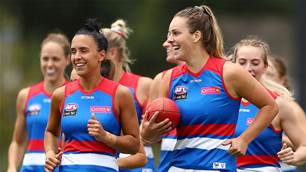
'Be good, or be one of the best...' - The biggest AFLW talking points
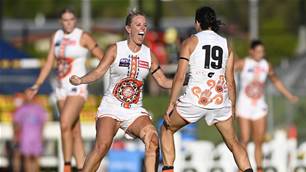





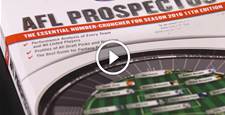
.jpg&h=115&w=225&c=1&s=1)
